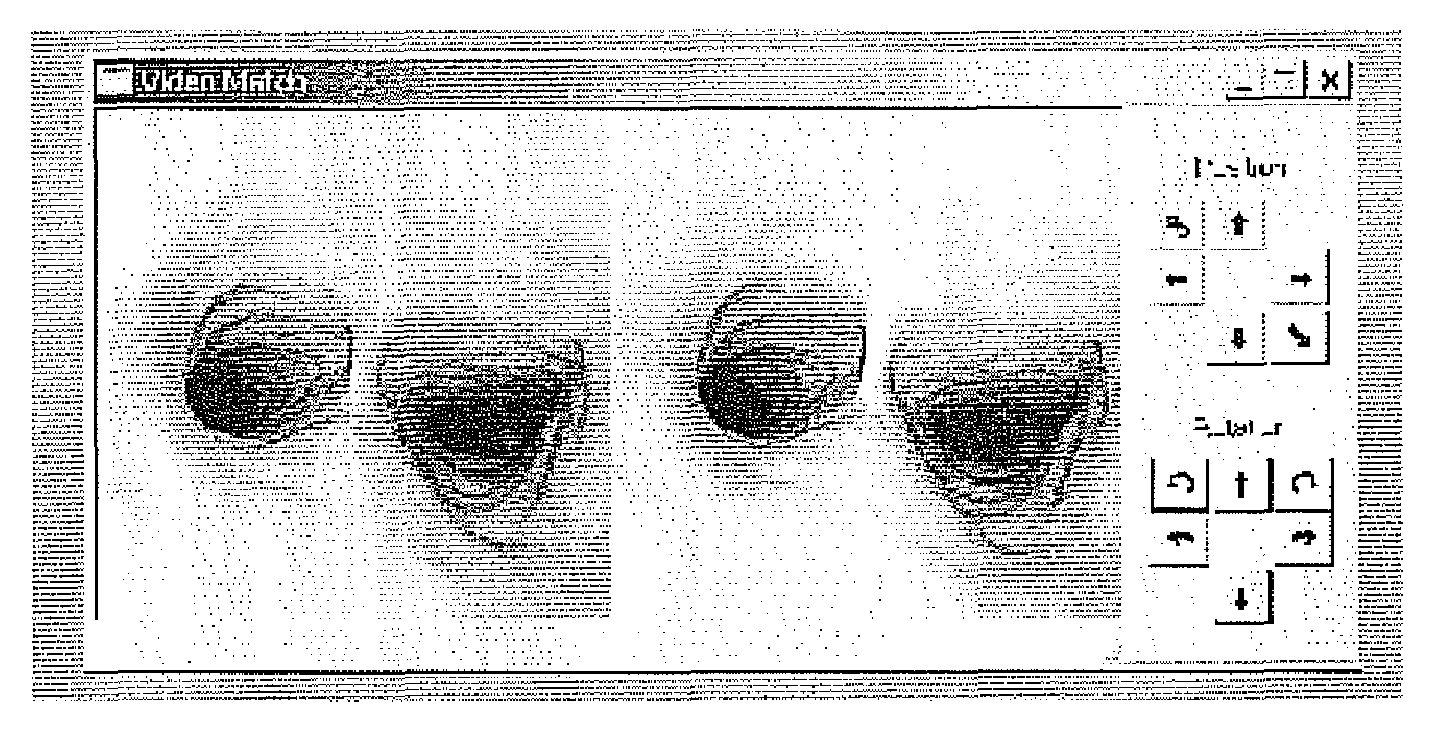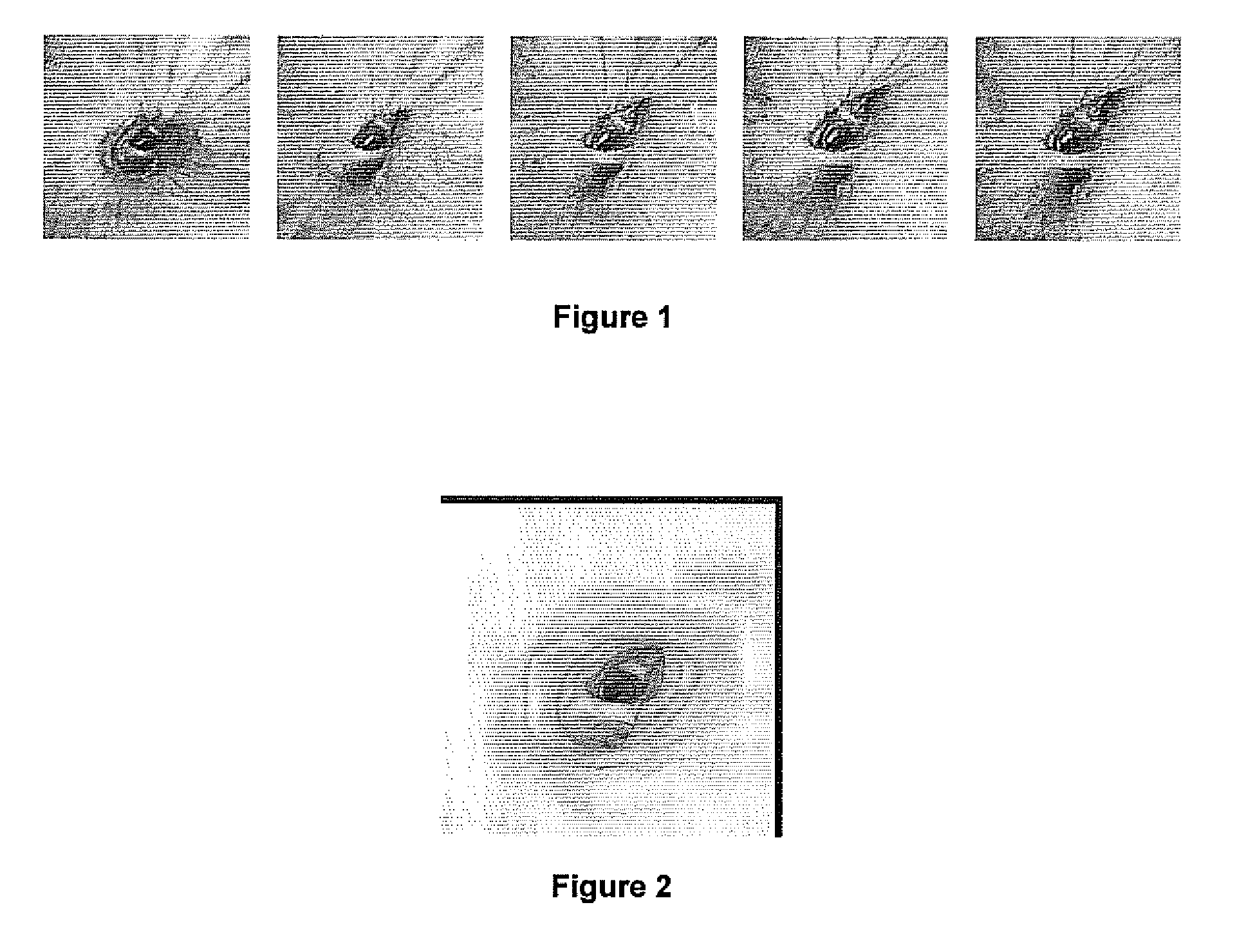Guidance method based on 3D-2D pose estimation and 3D-CT registration with application to live bronchoscopy
a technology of bronchoscopy and application, applied in the field of bronchoscopy, can solve the problems of slow registration step, translation cannot be recovered up to a scale from the estimated essential matrix, and cannot determine the essential matrix if, so as to achieve the effect of maximizing the correlation-based cos
- Summary
- Abstract
- Description
- Claims
- Application Information
AI Technical Summary
Benefits of technology
Problems solved by technology
Method used
Image
Examples
examples
[0062]FIGS. 4A-4C demonstrate the manual registration step applied to a pair of virtual images. The six corresponding points are given manually across the two images. The unknown pose is computed by the pose estimation method using the correspondence and the depth-map associated with the virtual image on left. The virtual image on left is re-rendered using the estimate for pose. This results in a match between the left and the right image. The pose estimation method is very fast and generates the match instantaneously. The accuracy of the registration is dependent on the quality of the correspondence.
[0063]FIG. 5 illustrates the use of the manual registration step for the initial registration of the virtual and real image to start the guidance method. FIGS. 6A-6C show the result of using the method for pose estimation by Lu et al. and demonstrates its unsuitability for our domain [17]. Although the correspondence has small errors (on the order of one pixel), we get large errors in t...
PUM
 Login to View More
Login to View More Abstract
Description
Claims
Application Information
 Login to View More
Login to View More - R&D
- Intellectual Property
- Life Sciences
- Materials
- Tech Scout
- Unparalleled Data Quality
- Higher Quality Content
- 60% Fewer Hallucinations
Browse by: Latest US Patents, China's latest patents, Technical Efficacy Thesaurus, Application Domain, Technology Topic, Popular Technical Reports.
© 2025 PatSnap. All rights reserved.Legal|Privacy policy|Modern Slavery Act Transparency Statement|Sitemap|About US| Contact US: help@patsnap.com



